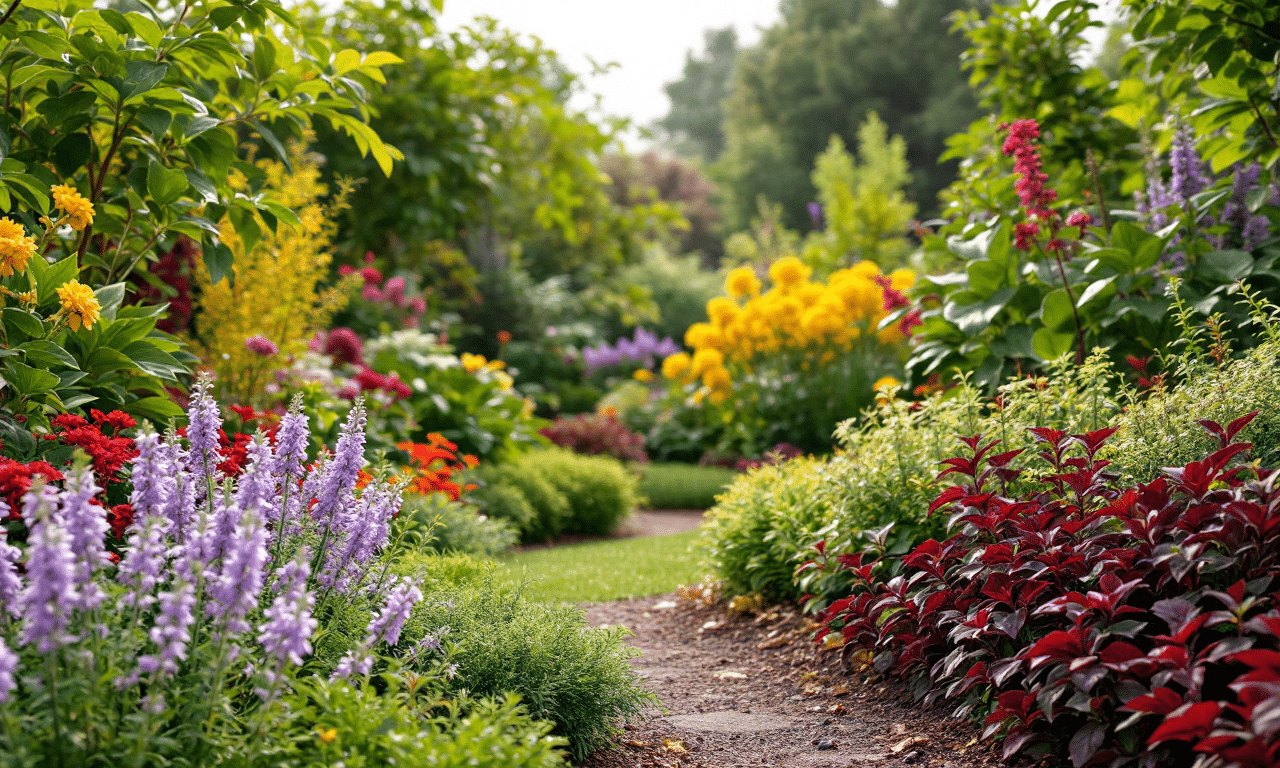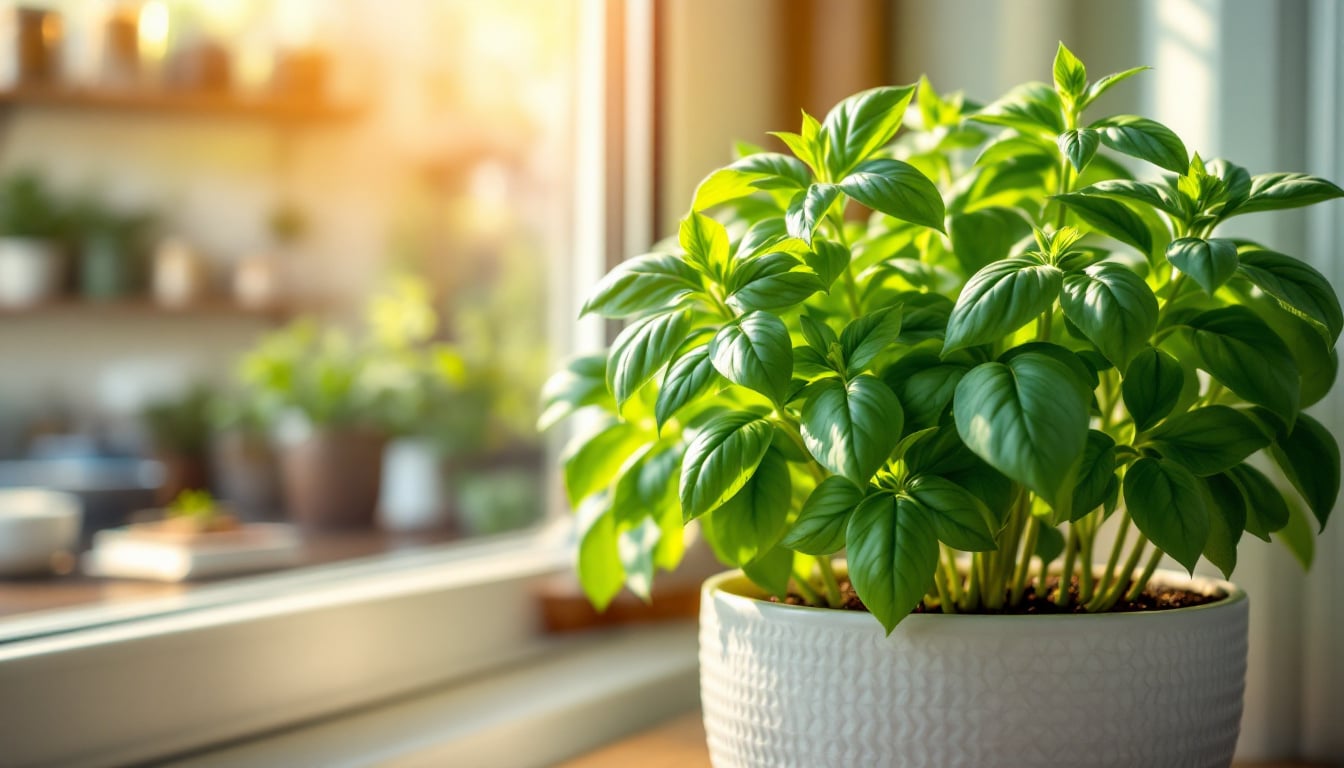Ground cover plants are more than just a pretty addition to your garden; they offer a wealth of benefits that enhance both aesthetics and environmental health. Acting as a natural barrier against soil erosion, these hardy plants support biodiversity by providing habitats for wildlife while also suppressing weeds and improving soil health. Their stunning array of colours and textures makes them ideal for creating visually engaging landscapes, and their low maintenance needs make them perfect for modern gardeners seeking ease without sacrificing beauty. As champions of sustainability, ground cover plants not only thrive in challenging conditions but also contribute positively to local ecosystems, making them an essential choice for environmentally conscious gardening.
Quick Highlights of Ground Cover Plants
- 🌱 Natural Soil Erosion Defense: Ground cover plants act as a protective layer, helping to prevent soil erosion and maintain ground integrity.
- 🌸 Visual Variety: With numerous colours and textures available, these plants can transform any dull space into a vibrant garden canvas.
- 💧 Effortless Care: Once established, many ground cover varieties thrive on minimal water and care—perfect for busy homeowners!
- 🌍 Eco-Friendly Choices: By opting for native species, gardeners can support local biodiversity and reduce their environmental impact.
- 🌿 Soil Enrichment Power: Ground covers enhance soil health by improving structure and promoting nutrient cycling through their root systems.
- 🏡 Design Flexibility: These adaptable plants can fill gaps, create borders, or even thrive in challenging shaded spots, offering endless design possibilities.
- 🐞 Pest Control Allies: Certain ground covers not only beautify your garden but also help manage pests naturally, creating a balanced ecosystem.
- ☀️ Climate Resilience: Many ground cover species are equipped to withstand extreme weather, making them ideal for contemporary gardening challenges.
- 🦋 Creating Biodiverse Habitats: Thoughtfully selected ground covers foster ecosystems that attract beneficial insects and promote a lively garden environment.
Did you know that some ground cover plants can reduce your garden’s water consumption by up to 50% compared to traditional grass lawns? This makes them an excellent choice for sustainable gardening!
The Benefits of Ground Cover Plants
Ground cover plants offer a multitude of advantages that extend far beyond mere aesthetics. These hardy plants serve as a natural barrier against soil erosion, helping to maintain the integrity of the ground beneath them. By reducing runoff and promoting water retention, ground cover plants play a crucial role in sustaining the ecosystem. Not only do they suppress weeds, but they also enhance biodiversity by providing habitats for beneficial insects and wildlife, fostering a healthy ecosystem right in your garden or lawn.
Enhanced Aesthetic Appeal
When it comes to creating an alluring landscape, ground cover plants can work wonders. With a vast array of textures, colours, and growth habits, these plants can add depth and visual interest to any garden space. Varieties such as creeping thyme or sedum can create vibrant carpets of colour that bloom throughout different seasons, ensuring your lawn is never dull. Unlike the traditional uniformity of grass lawns, incorporating ground covers introduces a dynamic element that captivates the observer’s eye while maintaining an inviting feel.
Low Maintenance Requirements
One of the most compelling reasons to consider ground cover plants is their low maintenance requirements. Many varieties are drought-resistant and thrive in poor soil conditions, reducing the need for chemical fertilisers and excessive watering. For homeowners yearning for a beautiful lawn without the constant upkeep, ground cover presents an ideal solution. Once established, these plants require minimal care, allowing you to spend more time enjoying your garden rather than labouring in it.
Checkout these easy tricks to banish dandelions and revive your garden!
Environmental Sustainability
In an era where environmental consciousness is paramount, ground cover plants emerge as champions of sustainability. Their ability to flourish with little water makes them an excellent choice for water-wise gardening. Additionally, many species are native to specific regions and thus better adapted to local conditions compared to traditional lawn grasses. By choosing native ground covers over non-native species, gardeners can contribute positively towards preserving local biodiversity while also minimising their carbon footprint through reduced maintenance demands.
Soil Health and Nutrient Cycling
The role of ground cover plants in nurturing soil health cannot be overstated. These plants improve soil structure by preventing compaction and facilitating nutrient cycling through their root systems. When leaves fall or die back during colder months, they decompose into organic matter that enriches the soil beneath them. This process not only feeds beneficial microorganisms but also enhances moisture retention capabilities—qualities that promote long-term resilience in your lawn.
Versatility in Landscape Design
Ground cover plants provide unparalleled versatility in landscape design. They can be used creatively to fill gaps between stepping stones or along pathways, transforming mundane spaces into visually engaging areas. Whether you seek to create a lush border or fill challenging spaces under trees where grass struggles to grow, these resilient plants can adapt seamlessly to various environments within your garden setting.
Pest Management Benefits
A lesser-known yet significant advantage of utilising ground cover plants is their natural ability to deter pests and diseases. Certain varieties emit compounds that repel insects or attract pollinators beneficial for plant health. For instance, planting aromatic herbs such as mint or oregano among traditional flowering species can create an ecosystem that encourages beneficial predatory insects while warding off harmful pests—an organic approach that aligns well with sustainable gardening practices.
Coping with Climate Challenges
The changing climate poses numerous challenges for traditional lawn care; however, ground cover plants demonstrate remarkable resilience under duress. Many varieties are adept at tolerating extreme weather conditions—from droughts to heavy rainfall—making them ideal candidates for modern gardens facing unpredictable climates. Their deep-root systems anchor them firmly into the soil while drawing moisture from deeper layers—a survival strategy that ensures longevity even when faced with climatic extremes.
A Community of Ground Covers
Finally, it’s essential to highlight the community aspect inherent in selecting ground cover plants for your lawn. When chosen thoughtfully based on complementary growth habits and ecological benefits, these plants create a thriving microhabitat teeming with life. Whether it’s bees buzzing around flowering clovers or butterflies fluttering among colourful creeping phloxes, fostering such interactions enriches not just our gardens but our lives overall as we connect more deeply with nature.
FAQ About Ground Cover Plants
What are ground cover plants?
Ground cover plants are low-growing plants that spread across the ground, providing a natural barrier against soil erosion, suppressing weeds, and enhancing biodiversity in gardens and lawns.
How do ground cover plants benefit the environment?
These plants promote water retention, reduce runoff, and contribute to soil health by improving soil structure and nutrient cycling. Many varieties are also drought-resistant, making them ideal for sustainable gardening.
Are ground cover plants suitable for low-maintenance gardens?
Absolutely! Ground cover plants typically require minimal upkeep once established. Many thrive in poor soil conditions and can survive with little water, allowing gardeners more time to enjoy their outdoor spaces.
Can ground cover plants help with pest management?
Yes! Certain ground covers can repel harmful insects and attract beneficial pollinators, creating a balanced ecosystem in your garden that supports plant health naturally.
Transform Your Garden Today!
Embrace the myriad benefits of ground cover plants to create a garden that is not just visually stunning but also environmentally friendly and low-maintenance. By incorporating these resilient beauties into your landscape design, you’ll foster a thriving ecosystem right at home. Stay tuned for more enlightening articles that delve into the world of gardening and sustainable practices—your journey towards greener living starts here!





